Xerophytes are amazing plants adapted to live in dry environments with limited water.
These tough flora have developed special features that save moisture and thrive in difficult conditions.
From the Sonoran Desert’s well-known cacti to the Kalahari’s strong succulents, xerophytes play a critical role in keeping the fragile balance of arid ecosystems.
In this article, we will discover the captivating world of xerophytes and learn about 33 incredible plants that have perfected the skill of survival in the face of drought.
Join us as we examine the physical, internal, and reproductive methods that allow these plants to grow where others would wither and understand how they contribute to the appeal and variety of dry landscapes worldwide.
List of Xerophytes Thriving in Dry Conditions
1. Aloe Vera
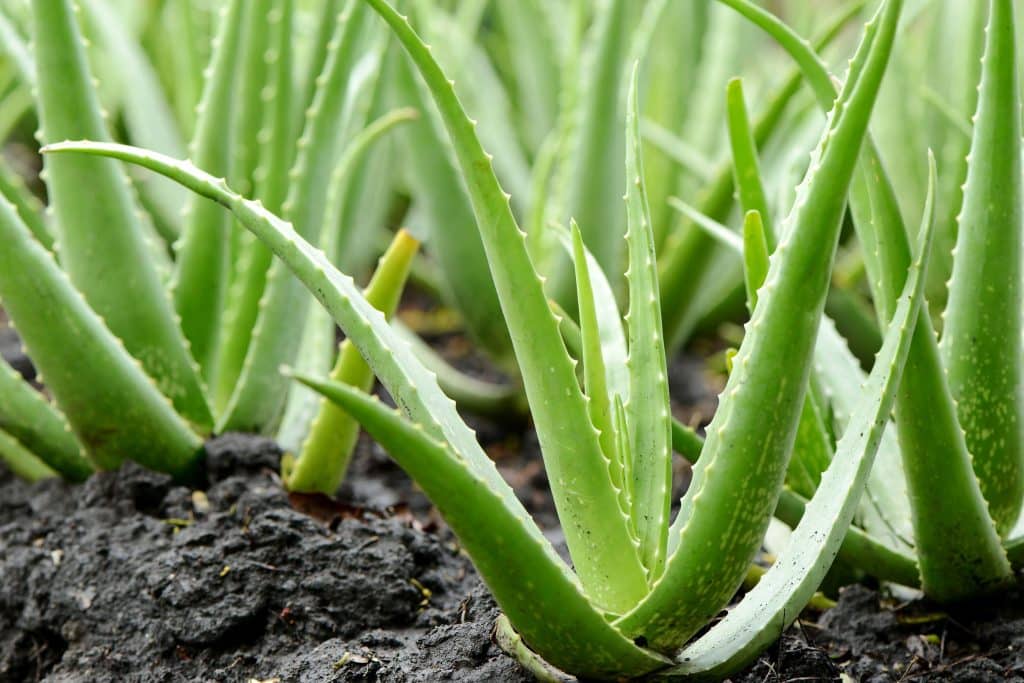
- Scientific name: Aloe barbadensis
- Native to the Arabian Peninsula
- Stores water in thick, fleshy leaves
- Widely used in cosmetics and medicine for its healing properties
Aloe Vera is a remarkable succulent that has adapted to thrive in the arid conditions of the Arabian Peninsula.
Its thick, fleshy leaves act as water reservoirs, allowing the plant to store moisture during droughts.
This adaptation and its medicinal properties have made Aloe Vera a popular choice worldwide for cosmetics and healing purposes.
2. Agave
- Scientific name: Agave spp.
- Native to Mexico and the southwestern U.S.
- Large rosettes of tough, evergreen leaves store water
- Source of agave nectar and tequila
Agave is a genus of succulents that has evolved to withstand the harsh, dry conditions of Mexico and the southwestern United States.
These plants feature large rosettes of tough, evergreen leaves that efficiently store water, enabling them to survive prolonged periods of drought.
In addition to their remarkable adaptations, Agave plants are also valuable sources of agave nectar and tequila, making them economically significant crops in their native regions.
3. Barbary Fig

- Scientific name: Opuntia ficus-indica
- Native to Mexico
- Pads are modified stems that store water
- Edible fruits and pads; also used in dyes and medicines
The Barbary Fig, also known as the Prickly Pear, is a fascinating xerophyte native to Mexico.
This plant has evolved to store water in its modified stems, called pads, which allows it to thrive in arid environments.
Not only do these adaptations ensure the plant’s survival, but they also provide edible fruits and pads that are used in various culinary dishes, dyes, and traditional medicines.
4. Barrel Cactus
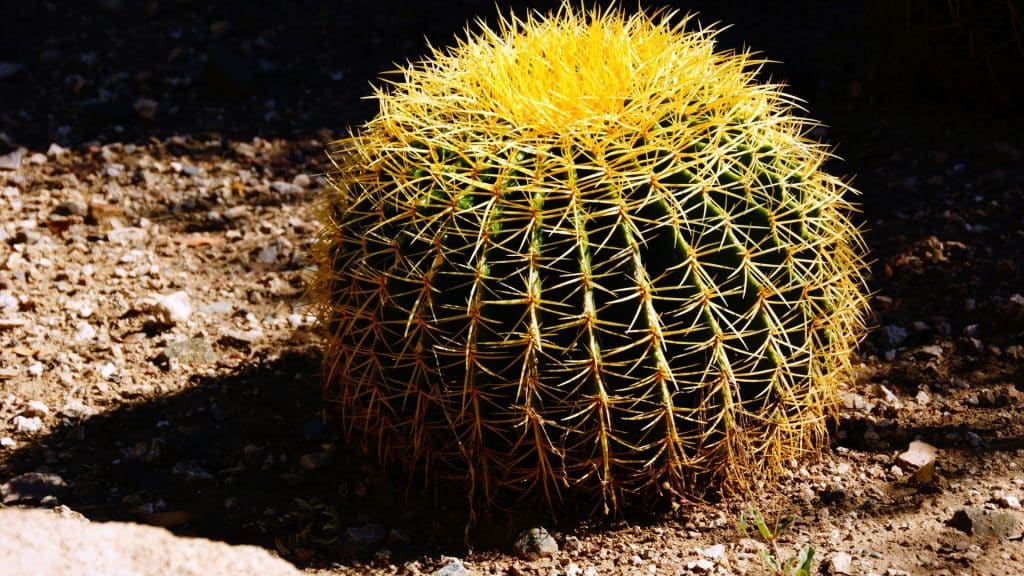
- Scientific name: Echinocactus grusonii
- Native to the southwestern U.S. and Mexico
- The rounded shape minimizes the surface area exposed to the sun
- Ornamental plants popular in arid landscape design
The Barrel Cactus is an iconic xerophyte found in the southwestern United States and Mexico deserts.
Its unique rounded shape is an adaptation that minimizes the surface area exposed to the sun, thereby reducing water loss through evaporation.
This distinctive appearance, combined with its ability to thrive in harsh desert conditions, has made the Barrel Cactus popular for ornamental use in arid landscape designs.
5. Elephant’s Foot

- Scientific name: Adenia glauca
- Native to southern Africa
- Swollen trunk for water storage
- Cultivated as an ornamental plant due to its unique appearance
The Elephant’s Foot is a remarkable xerophyte native to the arid regions of southern Africa.
This plant has evolved a swollen trunk that acts as a water storage reservoir, enabling it to survive extended periods of drought.
Its unique appearance and adaptations to harsh conditions have made the Elephant’s Foot a popular choice for cultivation as an ornamental plant in gardens and conservatories worldwide.
6. Mexican Boulder Plant
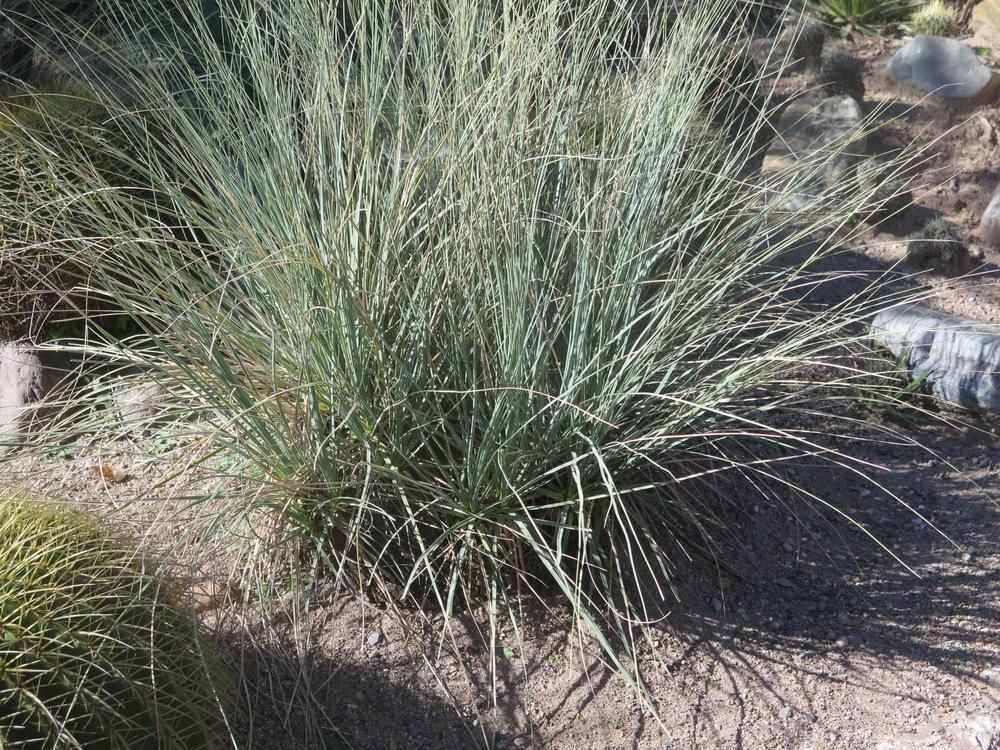
- Scientific name: Calibanus hookerii
- Native to Mexico
- Large caudex at base stores water
- Grown as an ornamental plant for its unique structure
The Mexican Boulder Plant is a fascinating xerophyte endemic to the dry regions of Mexico.
This plant has developed a large caudex at its base, which serves as a water storage organ and allows it to withstand prolonged periods of drought.
The Mexican Boulder Plant’s unique structure and ability to thrive in harsh conditions have made it a sought-after species in arid and rock gardens for ornamental purposes.
7. Prickly Pear
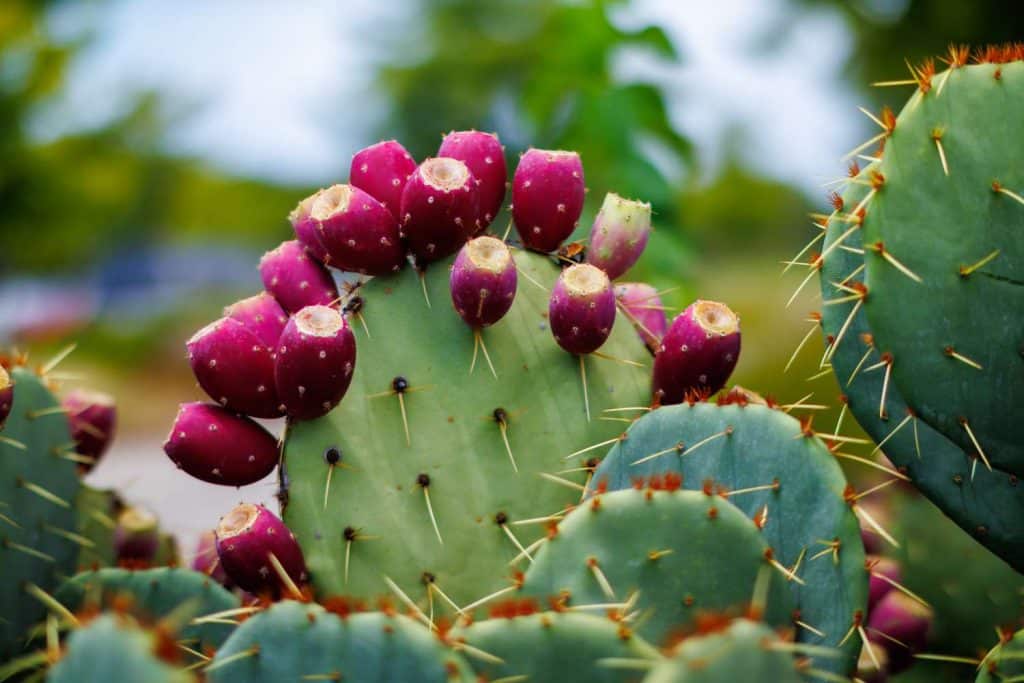
- Scientific name: Opuntia spp.
- Native to the Americas
- Fleshy pads store water and reduce water loss
- Fruits and pads are edible and used in food and traditional medicine
Prickly Pear is a genus of xerophytic cacti native to the Americas, known for their remarkable adaptations to arid environments.
These plants have evolved fleshy pads that store water and minimize water loss, allowing them to thrive in harsh desert conditions.
Beyond their ecological significance, Prickly Pears also have economic and cultural value, as their edible fruits and pads are used in various culinary dishes and traditional medicines.
8. Red Pencil Tree
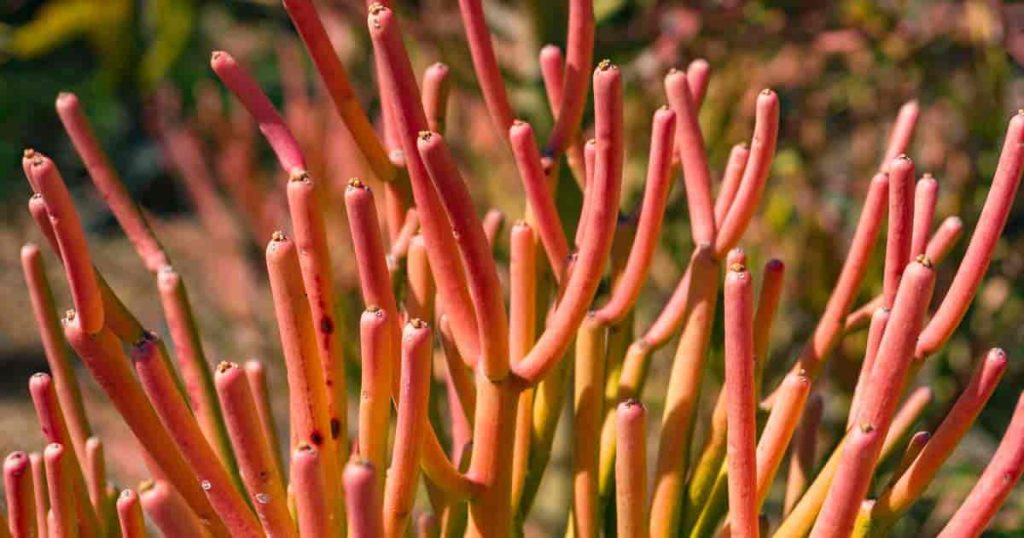
- Scientific name: Euphorbia tirucalli
- Native to Africa
- Produces a milky latex that is stored in its branches
- Used as a hedge plant and for traditional medicine
The Red Pencil Tree is a unique xerophyte native to the dry regions of Africa.
This plant has evolved to produce a milky latex stored within its branches, acting as a water reserve during drought.
In addition to its adaptations, the Red Pencil Tree is valued for its practical uses, such as being employed as a hedge plant and in traditional medicine practices.
9. Widow’s Thrill

- Scientific name: Kalanchoe blossfeldiana
- Native to Madagascar
- Thick leaves store water
- Popular houseplant known for its colorful flowers
Widow’s Thrill, also known as Flaming Katy, is a charming succulent native to the arid regions of Madagascar.
This xerophyte has evolved thick leaves that store water, enabling it to survive periods of drought in its native habitat.
The plant’s attractive appearance and colorful flowers, combined with its adaptations to dry conditions, have made Widow’s Thrill a popular choice as a low-maintenance houseplant worldwide.
10. American Cactus
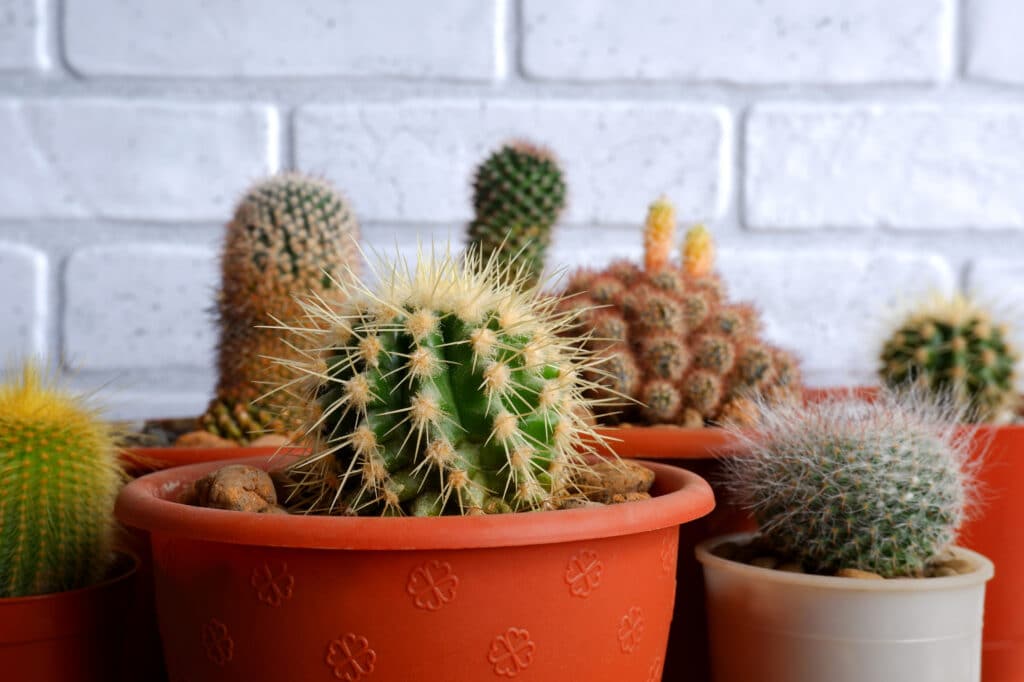
- Scientific name: Cactaceae spp.
- Native to North America
- Spines instead of leaves to reduce water loss
- For decorative purposes, some species are sources of fruit
American Cactus is a diverse family of xerophytes native to the arid regions of North America.
These plants have evolved spines instead of leaves, a crucial adaptation that reduces water loss and allows them to thrive in harsh desert environments.
In addition to their ecological importance, American Cacti are valued for their ornamental qualities and, in some cases, for their edible fruits, making them culturally and economically significant.
11. Chalk Liveforever

- Scientific name: Dudleya pulverulenta
- Native to California, U.S.
- Rosette form minimizes water loss.
- Ornamental plants in rock gardens and green roofs
Chalk Liveforever is a distinctive xerophyte native to the arid regions of California in the United States.
This plant has adapted to minimize water loss through its compact rosette form, allowing it to thrive in dry, rocky environments.
The Chalk Liveforever’s unique appearance and adaptations to harsh conditions have made it a popular choice for ornamental use in rock gardens and as a component of green roof systems.
12. Ghost Plant
- Scientific name: Graptopetalum paraguayense
- Native to Mexico
- Pale, almost translucent leaves reduce sunlight absorption, minimizing water loss.
- Popular in rock gardens and as a ground cover due to its decorative appearance
The Ghost Plant is an intriguing xerophyte native to the dry regions of Mexico.
This succulent has evolved pale, almost translucent leaves that reduce sunlight absorption, thereby minimizing water loss and enabling the plant to survive in arid conditions.
The Ghost Plant’s striking appearance and adaptations to harsh environments have made it a popular choice for ornamental purposes in rock gardens and as a decorative ground cover.
13. Hens and Chicks
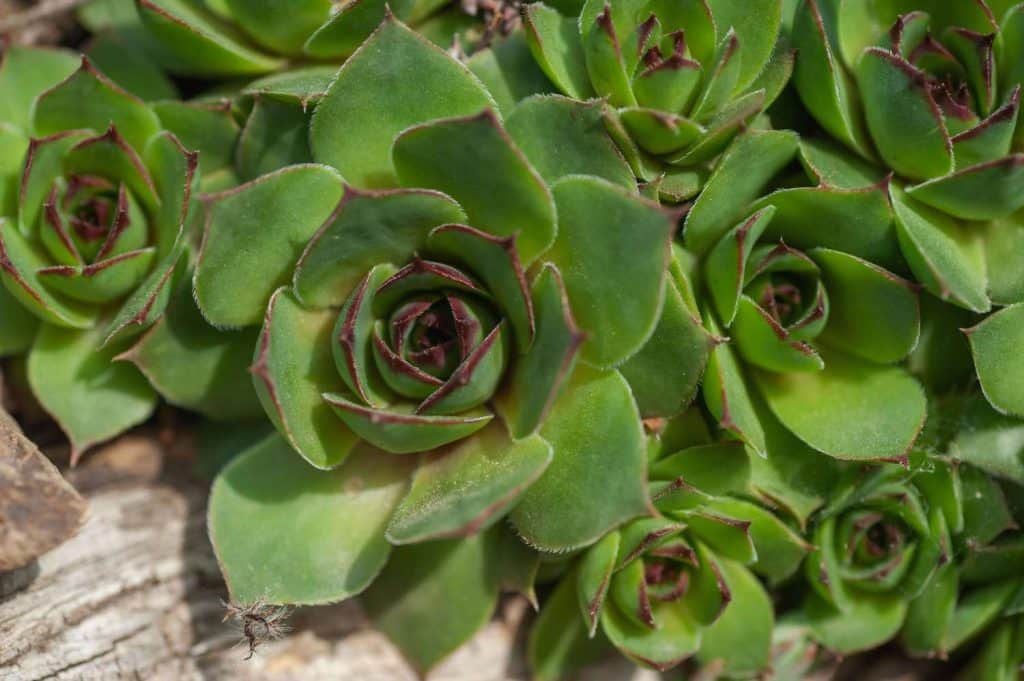
- Scientific name: Sempervivum tectorum
- Native to Southern Europe
- Forms dense mats that help retain moisture and reduce evaporation
- Often used in green roofing and as ornamental ground cover due to its hardiness and low maintenance
Hens and Chicks is a fascinating xerophyte native to the dry regions of Southern Europe.
This plant has adapted to form dense mats, which help retain moisture and reduce evaporation, allowing it to thrive in arid conditions.
The hardiness and low-maintenance nature of Hens and Chicks, combined with its unique appearance, have made it a popular choice for green roofing projects and as an ornamental ground cover in xeriscaping.
14. Acacia Tree
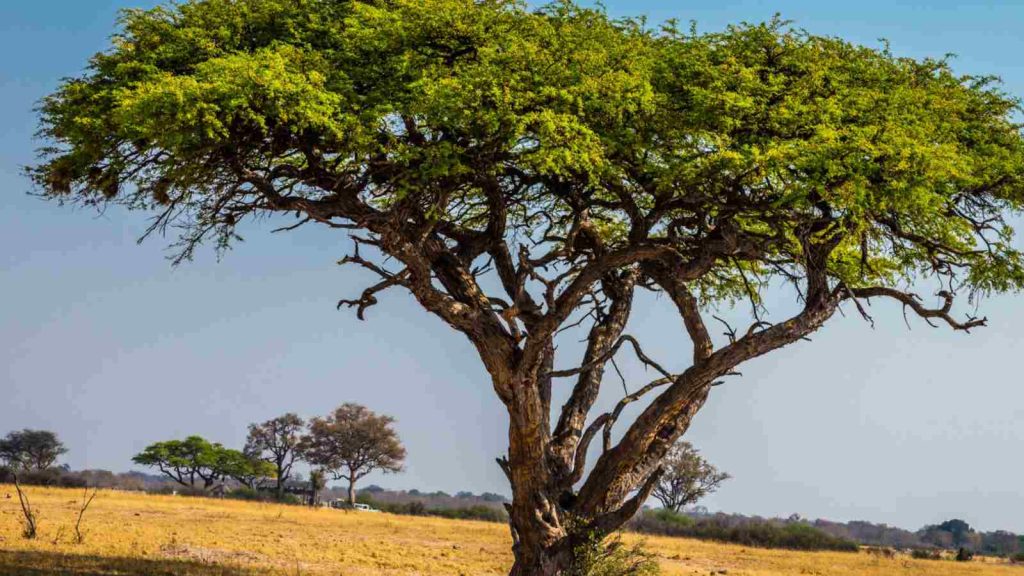
- Scientific name: Acacia spp.
- Native to Africa and Australia
- Deep root systems access underground water
- Timber, gum arabic, and tannins are derived from various species
Acacia Trees are a group of resilient xerophytes native to the arid regions of Africa and Australia.
These plants have evolved deep root systems that allow them to access underground water sources and survive in dry conditions.
In addition to their ecological importance, Acacia Trees are economically valuable, providing timber, gum arabic, and tannins for various industries.
15. Joshua Tree
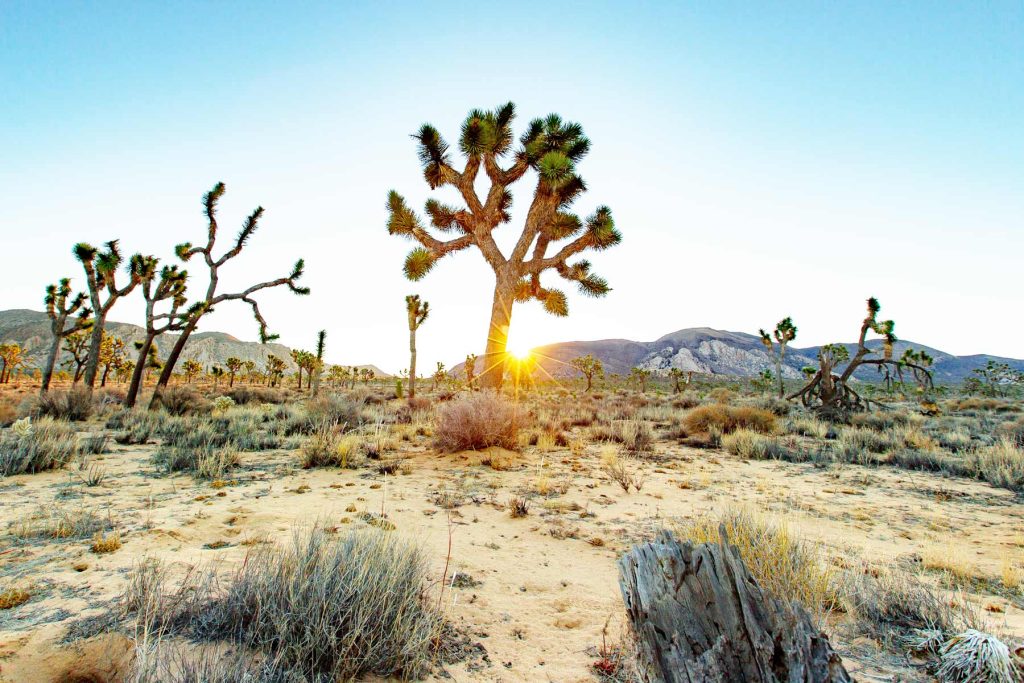
- Scientific name: Yucca brevifolia
- Native to the southwestern United States
- The waxy surface of leaves reduces water loss
- Iconic in desert landscapes, cultural symbol
The Joshua Tree is an iconic xerophyte native to the arid regions of the southwestern United States.
This plant has adapted to minimize water loss through the waxy surface of its leaves, allowing it to thrive in harsh desert environments.
Beyond its ecological significance, the Joshua Tree is a cultural symbol and a defining feature of the desert landscapes in which it grows.
16. Mesquite

- Scientific name: Prosopis spp.
- Native to arid regions of the Americas
- Extensive root system to exploit deep water sources
- Wood is used for furniture, barbecue flavoring, and pod meal
Mesquite is a genus of xerophytic trees native to the arid regions of the Americas.
These plants have evolved extensive root systems that allow them to tap into deep water sources, enabling them to survive in dry conditions.
Mesquite is not only ecologically important but also economically valuable. Its wood is used for furniture and barbecue flavoring, and its pods are used to make nutritious meals.
17. Oleander
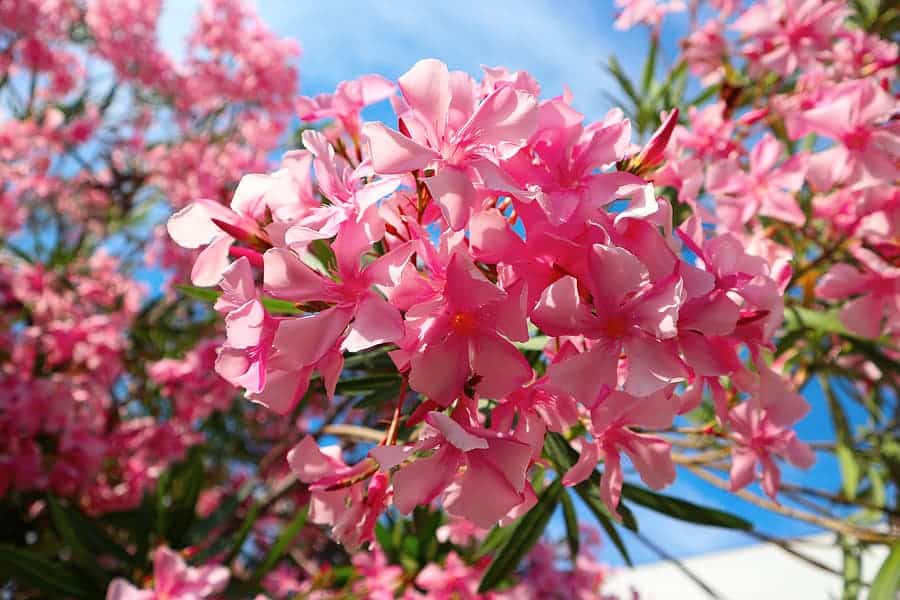
- Scientific name: Nerium oleander
- Native to the Mediterranean region
- Thick, leathery leaves prevent water loss
- Widely used as an ornamental shrub, it is highly toxic
Oleander is a resilient xerophyte native to arid areas of the Mediterranean.
This plant has adapted to prevent water loss through its thick, leathery leaves, allowing it to thrive in dry conditions.
Despite its toxicity, Oleander is widely cultivated as an ornamental shrub, prized for its beautiful flowers and ability to withstand harsh environments.
18. Tea Plant
- Scientific name: Camellia sinensis
- Native to East Asia
- Thick leaves with waxy cuticles
- Leaves are processed to create tea, one of the world’s most consumed beverages.
The Tea Plant is a remarkable xerophyte native to the dry regions of East Asia.
This plant has evolved thick leaves with waxy cuticles that help minimize water loss, enabling it to survive in arid conditions.
The Tea Plant is of immense economic importance, as its leaves are processed to create tea, one of the most widely consumed beverages in the world.
19. Pine Tree
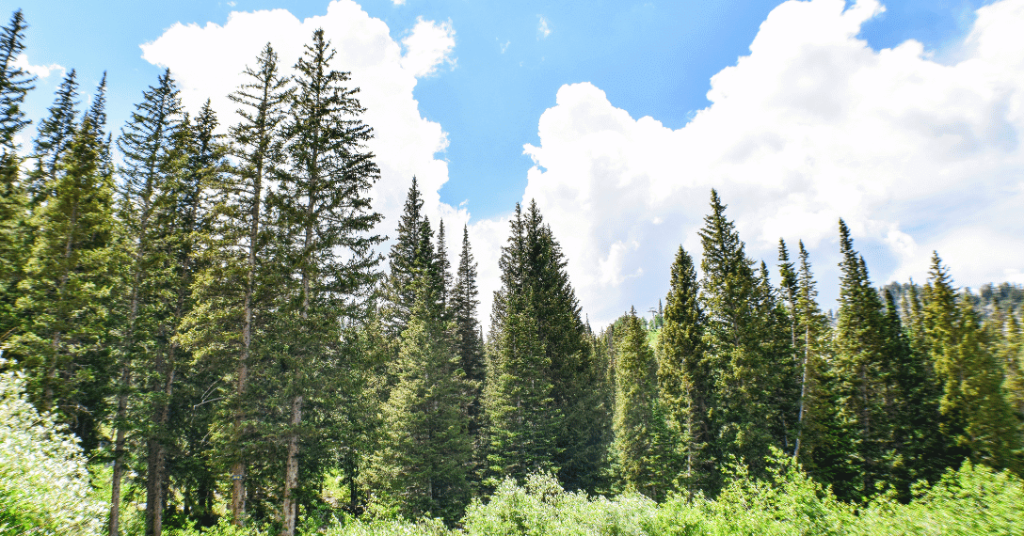
- Scientific name: Pinus sylvestris
- Native to Europe and Asia
- Needle-like leaves reduce water loss
- Timber, resin, and a source of turpentine
Pine Trees are a group of resilient xerophytes native to the dry regions of Europe and Asia.
These plants have adapted to minimize water loss through their needle-like leaves, allowing them to thrive in arid conditions.
Pine Trees are not only ecologically important but also economically valuable, as they provide timber and resin and are a source of turpentine for various industries.
20. Common Yucca
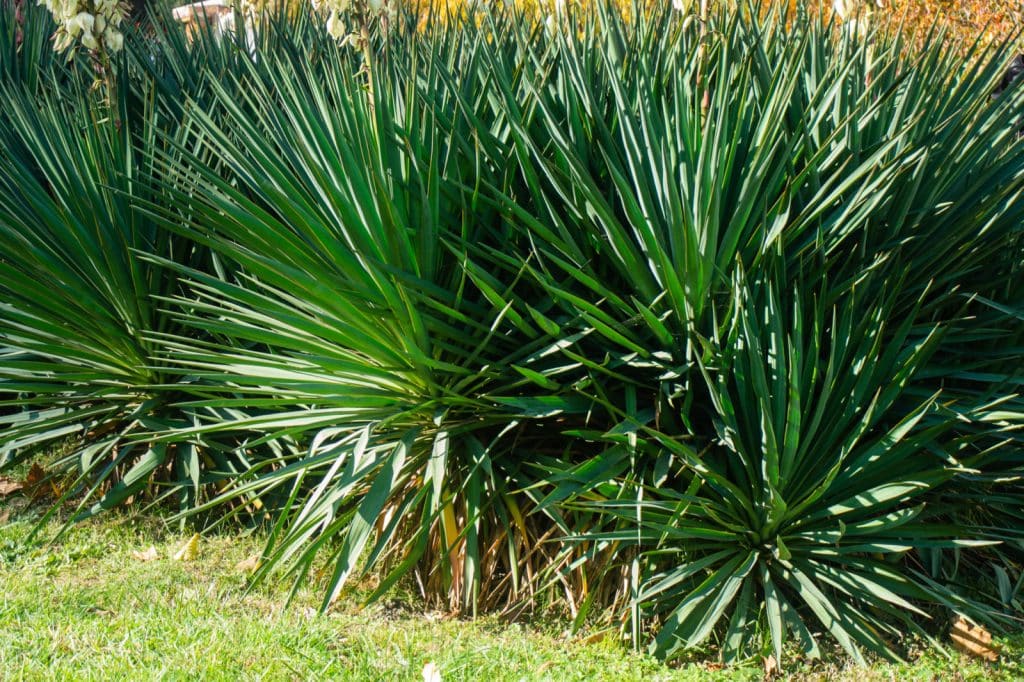
- Scientific name: Yucca filamentosa
- Native to the southeastern United States
- Fibrous roots capture moisture efficiently
- Ornamental use and traditional medicine
The Common Yucca is a hardy xerophyte native to the arid regions of the southeastern United States.
This plant has evolved fibrous roots that efficiently capture moisture, enabling it to survive in dry conditions.
In addition to its ecological significance, the Common Yucca is valued for its ornamental qualities and use in traditional medicine practices.
21. Boojum Tree
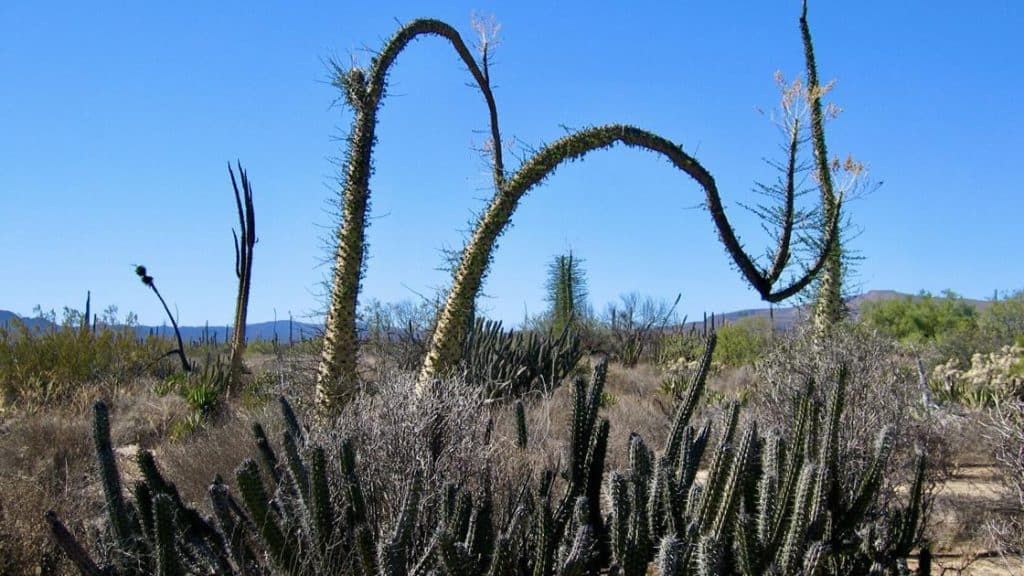
- Scientific name: Fouquieria columnaris
- Native to Baja California, Mexico
- Tapered trunk and small leaves reduce the surface area exposed to the sun
- Highly valued in xeriscaping for its unique appearance
The Boojum Tree is an extraordinary xerophyte native to the arid regions of Baja California, Mexico.
This plant has adapted to minimize water loss through its tapered trunk and small leaves, which reduce the surface area exposed to the sun.
The Boojum Tree’s unique appearance and adaptations to harsh environments have made it highly valued in xeriscaping and as a striking feature in desert landscapes.
22. California Buckwheat
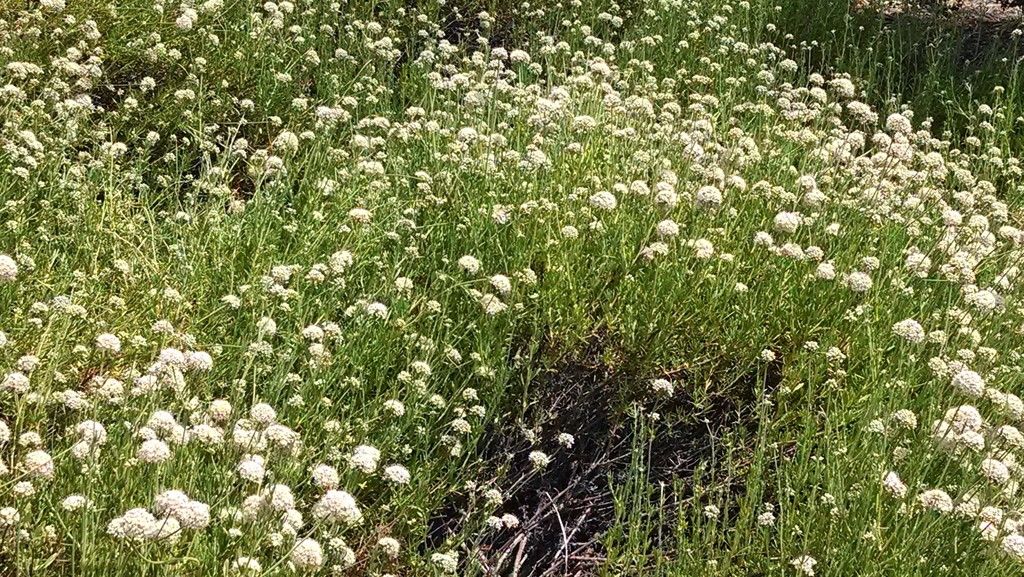
- Scientific name: Eriogonum fasciculatum
- Native to California, U.S.
- Dense clusters of small leaves reduce evaporation
- It is important for soil stabilization and as a food source for wildlife
California Buckwheat is a resilient xerophyte native to the arid regions of California in the United States.
This plant has adapted to minimize water loss through its dense clusters of small leaves, which reduce evaporation and allow it to thrive in dry conditions.
California Buckwheat is ecologically significant for its role in soil stabilization and as a food source for various wildlife species in its native habitat.
23. Arctic Willow
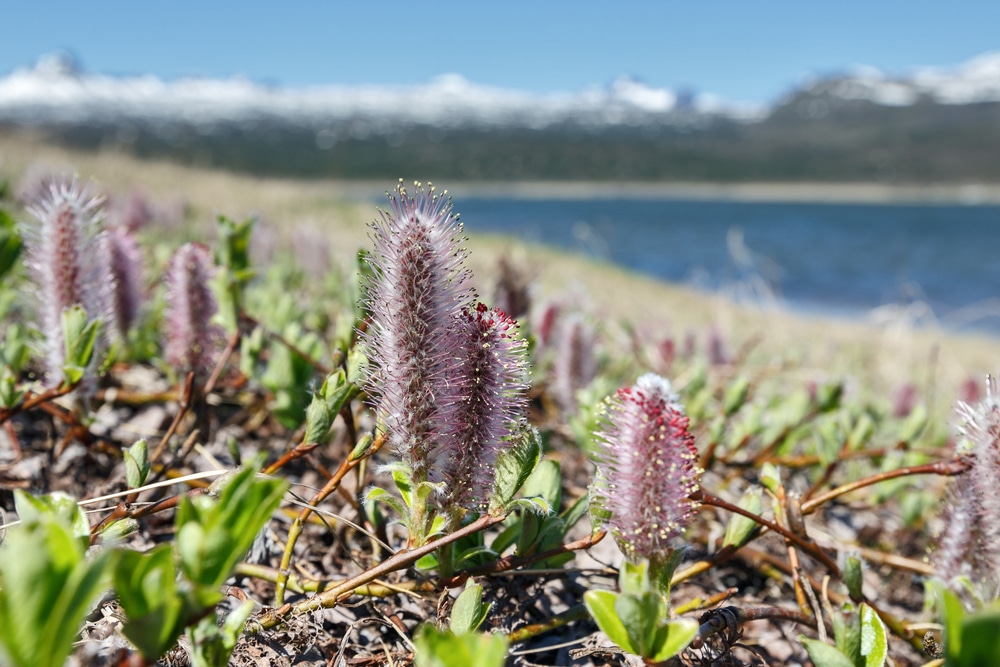
- Scientific name: Salix arctica
- Native to Arctic regions
- Low-growing to reduce wind exposure
- Traditional uses include basket-making and medicinal purposes
The Arctic Willow is a hardy xerophyte native to the harsh, dry Arctic regions.
This plant has adapted to minimize water loss and wind exposure by growing low to the ground, allowing it to survive in its challenging environment.
In addition to its ecological importance, the Arctic Willow has traditional uses, such as in basket making and for medicinal purposes by indigenous communities.
24. Laurel Sumac
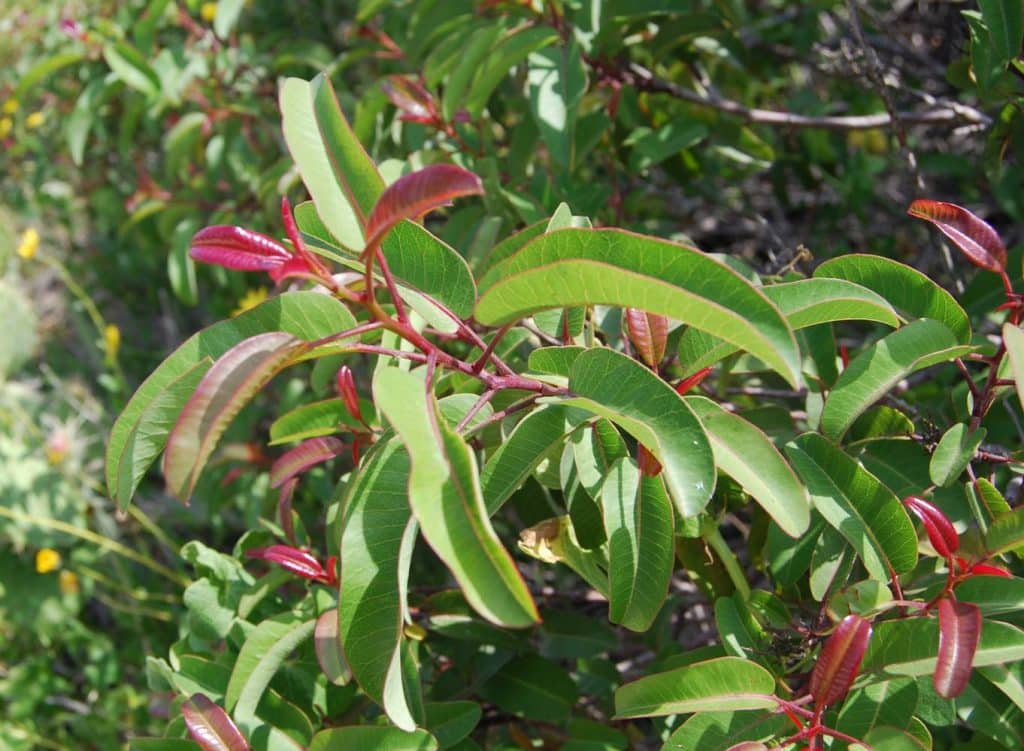
- Scientific name: Malosma laurina
- Native to California, U.S.
- Thick, evergreen leaves minimize water loss.
- Used in native landscaping and for erosion control
Laurel Sumac is a resilient xerophyte native to the arid regions of California in the United States.
This plant has adapted to minimize water loss through its thick, evergreen leaves, enabling it to thrive in dry conditions.
Laurel Sumac is valued for its use in native landscaping and its role in erosion control, making it an important species in its native ecosystems.
25. California Poppy

- Scientific name: Eschscholzia californica
- Native to California, U.S.
- Life cycle timed with seasonal rainfall.
- The state flower of California, ornamental
The California Poppy is a beautiful temporary xerophyte native to the arid regions of California in the United States.
This plant has adapted its life cycle to coincide with seasonal rainfall, allowing it to germinate, grow, and produce seeds quickly before the dry season begins.
As California’s state flower, the California Poppy is ecologically significant and has cultural and ornamental value.
26. Desert Bluebells
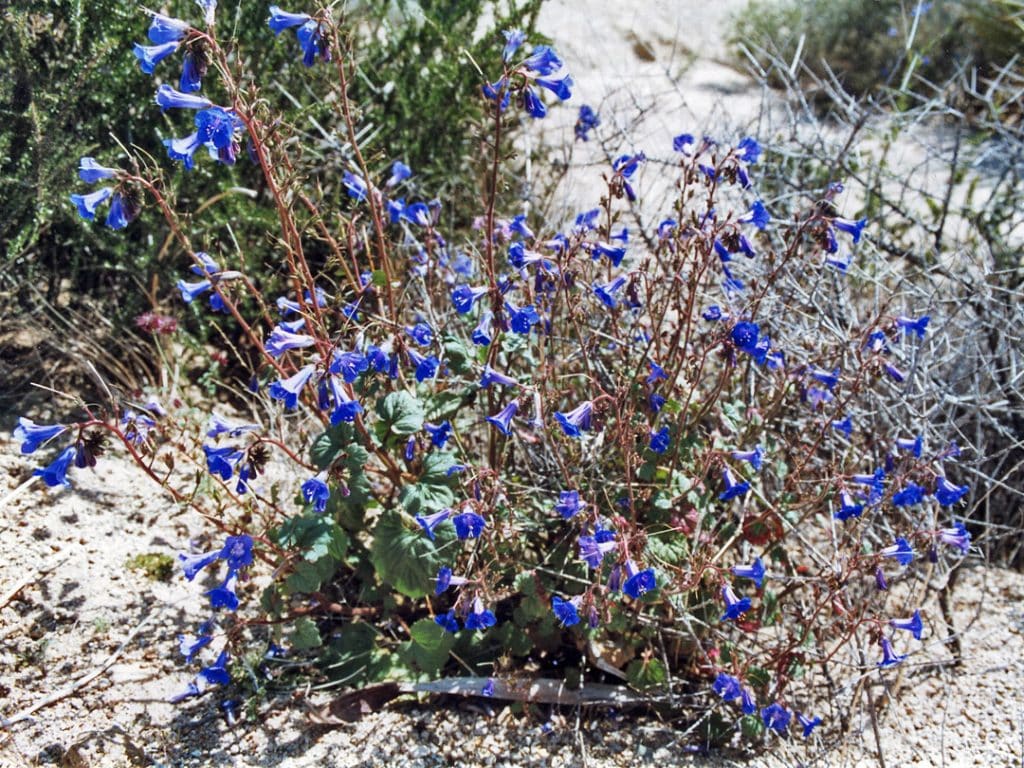
- Scientific name: Phacelia campanularia
- Native to the southwestern United States
- Rapid growth and flowering after rain
- Attracts bees and beneficial insects; ornamental
Desert Bluebells are charming ephemeral xerophytes native to the arid regions of the southwestern United States.
These plants have adapted to take advantage of brief periods of rainfall by rapidly growing and flowering, completing their life cycle before the return of dry conditions.
In addition to their ecological importance, Desert Bluebells are valued for attracting bees and other beneficial insects and their ornamental qualities.
27. Desert Lupine
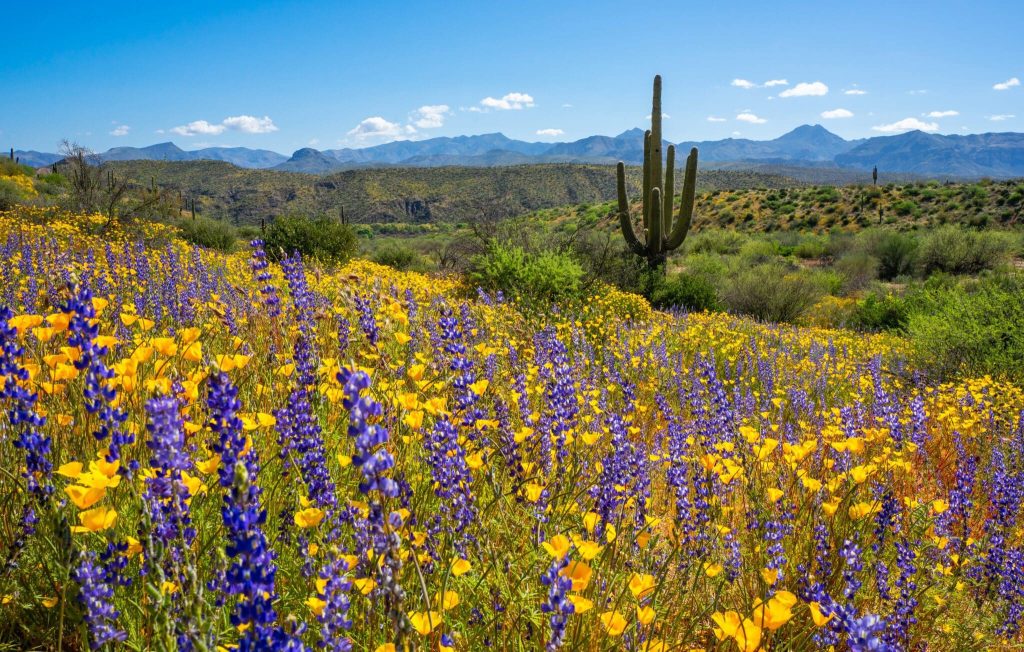
- Scientific name: Lupinus sparsiflorus
- Native to desert regions of North America
- Rapid germination and flowering
- Enhances soil nitrogen; ornamental
Desert Lupine is a hardy ephemeral xerophyte native to the arid regions of North America.
This plant has adapted to quickly germinate and flower following brief periods of rainfall, allowing it to complete its life cycle before the onset of dry conditions.
Desert Lupine is ecologically important for its ability to enhance soil nitrogen through its symbiotic relationship with nitrogen-fixing bacteria, and it is also valued for its ornamental qualities.
28. Mojave Aster
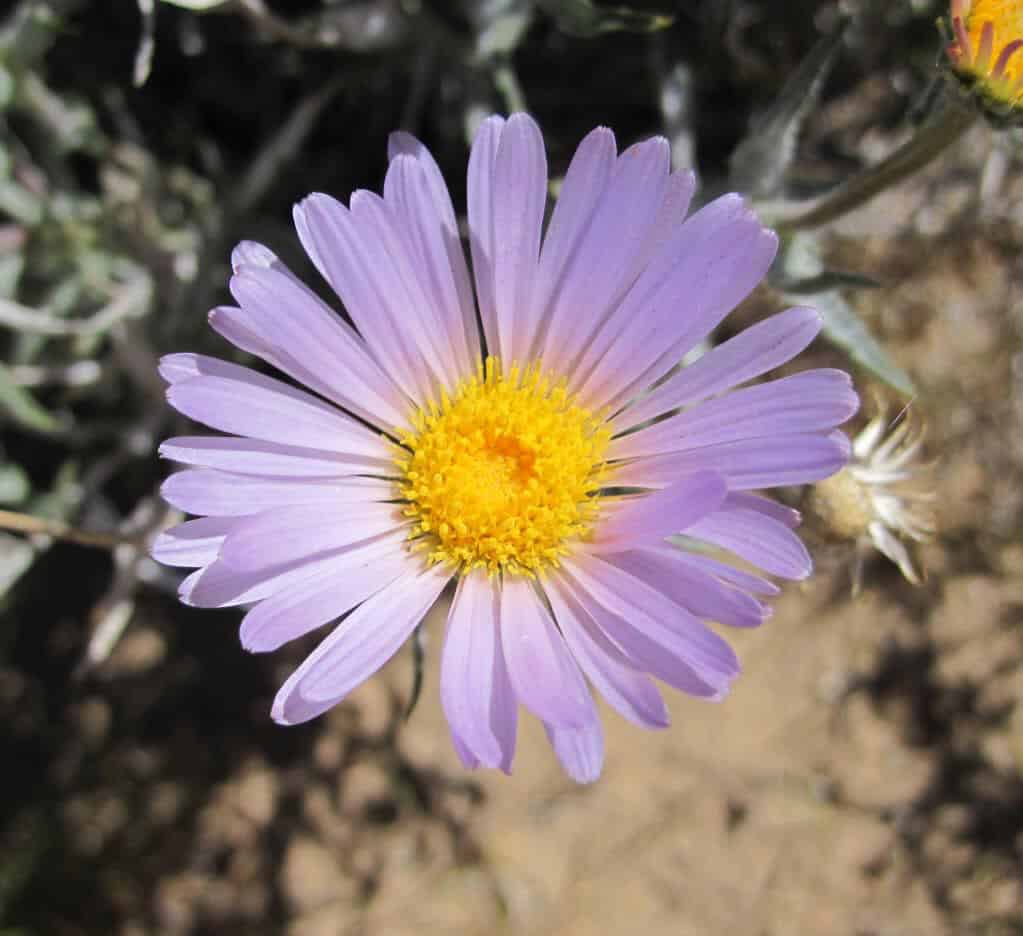
- Scientific name: Xylorhiza tortifolia
- Native to the Mojave Desert, U.S.
- Blooms prolifically in response to rainfall
- Attracts pollinators; ornamental
The Mojave Aster is a resilient ephemeral xerophyte native to the harsh conditions of the Mojave Desert in the United States.
This plant has adapted to bloom prolifically in response to rainfall, taking advantage of brief periods of moisture to complete its life cycle.
In addition to its ecological significance, the Mojave Aster is valued for attracting pollinators and for its ornamental qualities in desert gardens.
29. Monkeyflowers
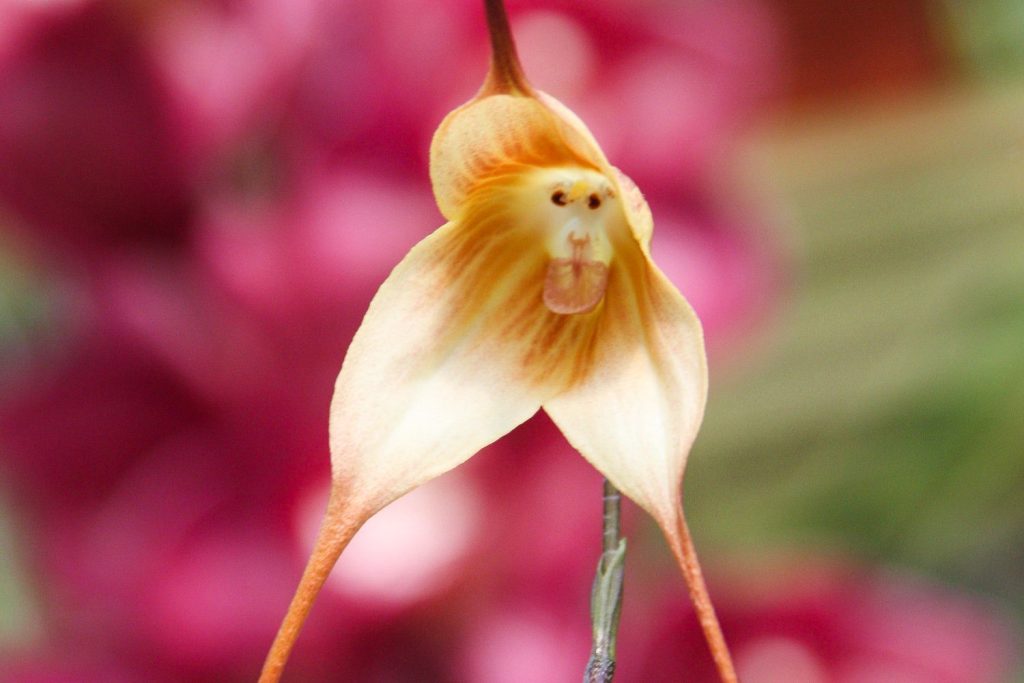
- Scientific name: Mimulus ringens
- Native to North America
- Quick lifecycle to take advantage of brief moist periods
- Ornamental; attracts pollinators
Monkeyflowers are delightful ephemeral xerophytes native to various regions of North America.
These plants have adapted to complete their life cycle quickly, taking advantage of brief periods of moisture before dry conditions return.
Monkeyflowers are valued for their ornamental qualities and for attracting pollinators, making them important species in their native ecosystems.
30. Sand Verbena

- Scientific name: Abronia ammophila
- Native to western North America
- Rapid blooming cycle following rain
- Stabilizes sandy soils; ornamental
Sand Verbena is a charming ephemeral xerophyte native to the arid regions of western North America.
This plant has adapted to quickly bloom following rainfall, completing its life cycle before returning to dry conditions.
Sand verbena is valued in desert gardens for its ornamental qualities and ecological importance in stabilizing sandy soils.
31. Spectacle Pod
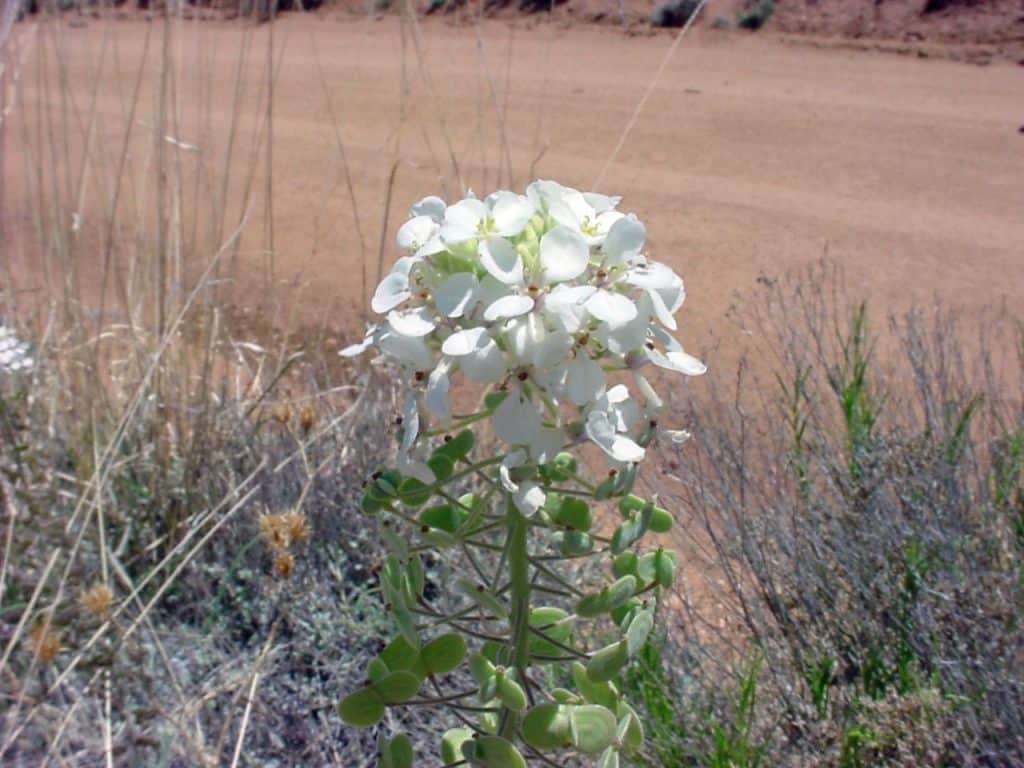
- Scientific name: Dimorphocarpa wislizeni
- Native to the southwestern United States
- Explosive seed dispersal after brief rains
- Ornamental, especially in rock gardens
Spectacle Pod is a fascinating ephemeral xerophyte native to the arid regions of the southwestern United States.
This plant has adapted to disperse its seeds explosively following brief rainfall periods, ensuring the next generation’s survival before dry conditions return.
Spectacle Pod is valued for its ornamental qualities, particularly in rock gardens, where it adds a unique and attractive element to the landscape.
32. Thale Cress
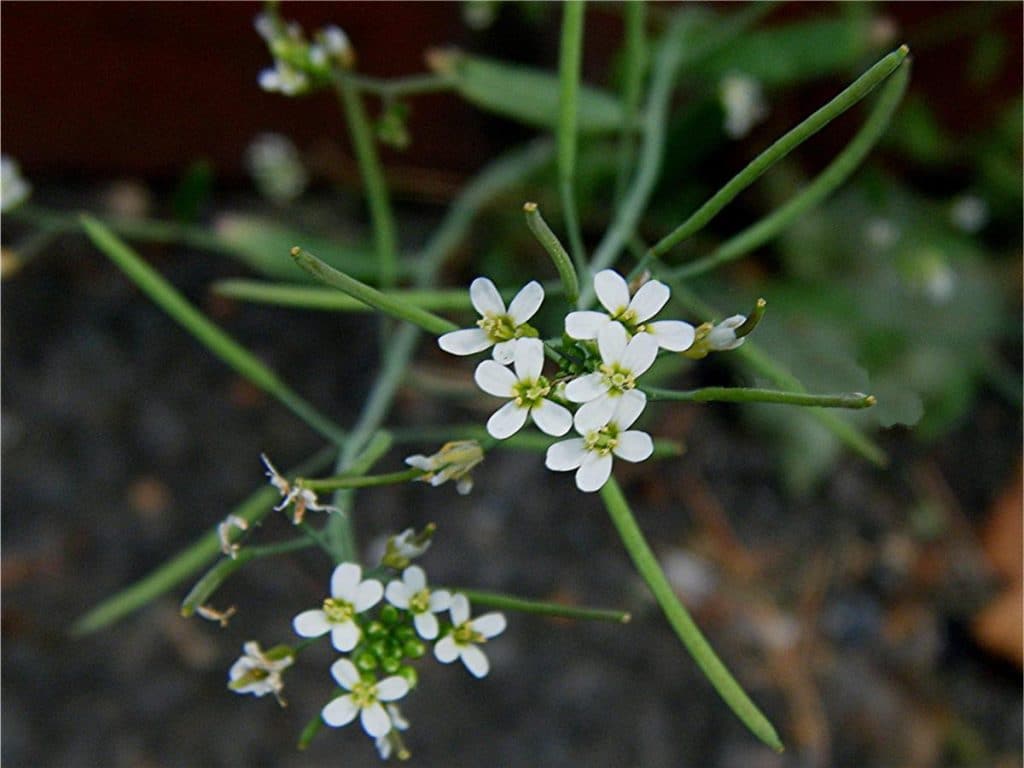
- Scientific name: Arabidopsis thaliana
- Native to Eurasia
- Quick flowering and seed production
- Model organism for studying plant genetics
Thale Cress is a small but significant ephemeral xerophyte native to the arid regions of Eurasia.
This plant has adapted to flower and produces seeds quickly, completing its life cycle before dry conditions return.
Thale Cress is of particular importance in the scientific community. Due to its small genome and rapid life cycle, it serves as a model organism for studying plant genetics.
33. Yellow Alyssum
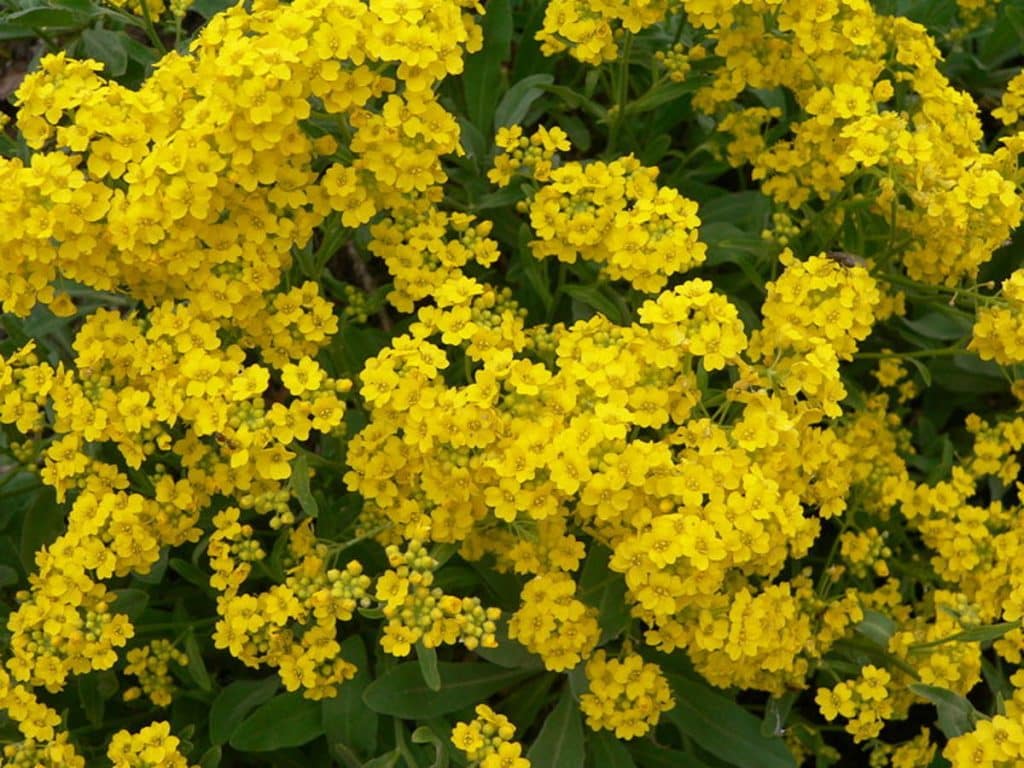
- Scientific name: Alyssum alyssoides
- Native to Europe and Northern Asia
- Quick flowering and seed production
- Ornamental and for ground cover
Yellow Alyssum is a delightful ephemeral xerophyte native to the arid regions of Europe and Northern Asia.
This plant has adapted to flower and produces seeds quickly, ensuring its survival in dry conditions.
In addition to its ecological importance, Yellow Alyssum is valued for its ornamental qualities and its use as an attractive ground cover in gardens and landscaping.
Conclusion
In conclusion, xerophytes are a testament to plants’ incredible resilience and adaptability in harsh environments.
Throughout this article, we have explored their fascinating world, unique adaptations, ecological importance, cultural significance, challenges they face, and the critical need for conservation efforts.
As we move forward, we must raise awareness about the value of xerophytes and take action to conserve these remarkable plants.
By supporting research, protecting habitats, and promoting sustainable use, we can ensure that xerophytes continue to thrive and inspire future generations.
So, what can you do to help protect these incredible plants?
Start by sharing this article with your friends and family, and consider supporting organizations that work towards conserving xerophytes and their habitats. Together, we can make a difference.

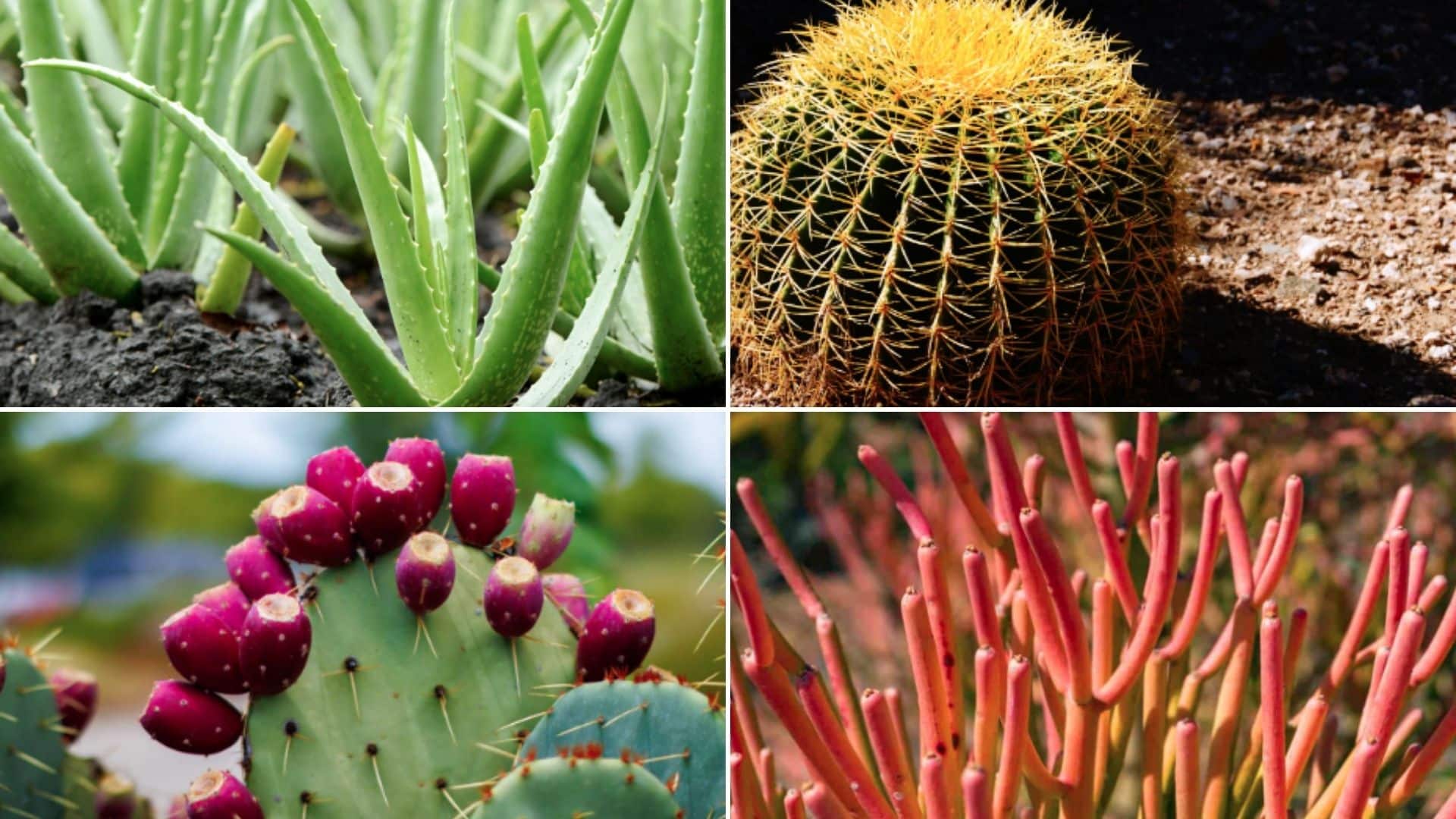


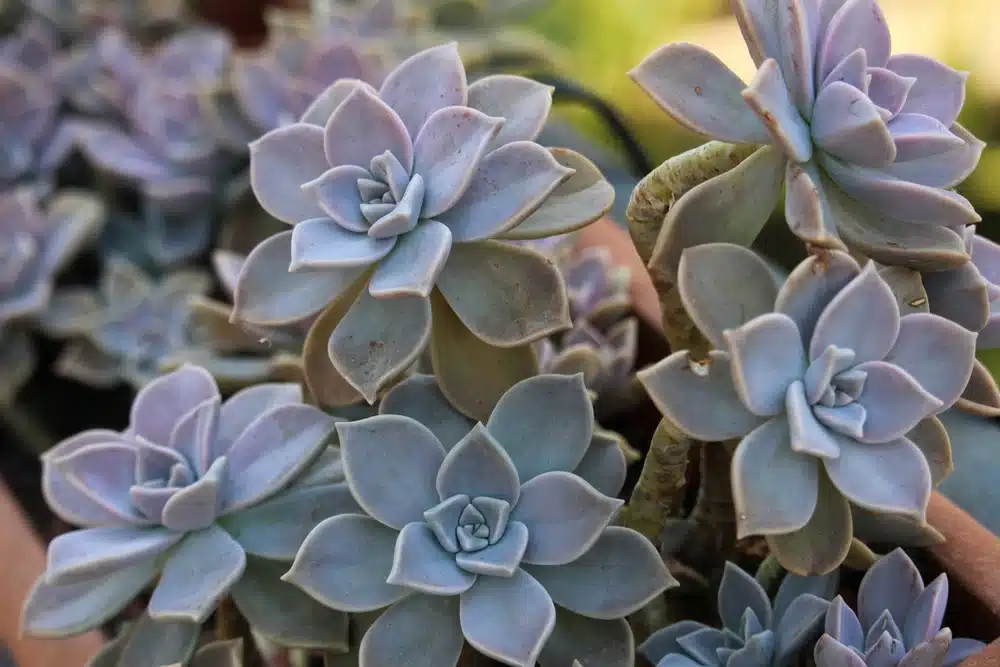







One Comment
http://pinupaz.top/# pin up azerbaycan